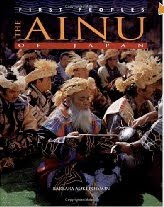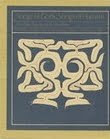 I came across an interesting article about composer Masashi Hamauzu, the musician responsible for the score to Square Enix's Final Fantasy XIII, released in 2009 (Japan) and 2010 (North America) for PlayStation 3 and Xbox 360. I am not at all familiar with video games, nor do I expect to become so, but this particular role-playing game has become a global phenomenon, having grasped both enormous commercial success and critical acclaim. So even I know about it.
I came across an interesting article about composer Masashi Hamauzu, the musician responsible for the score to Square Enix's Final Fantasy XIII, released in 2009 (Japan) and 2010 (North America) for PlayStation 3 and Xbox 360. I am not at all familiar with video games, nor do I expect to become so, but this particular role-playing game has become a global phenomenon, having grasped both enormous commercial success and critical acclaim. So even I know about it.The article caught my interest because it mentions the involvement of the multi-talented Mina Sakai, who is, among other things, the leader of the Ainu Rebels rock band. I introduced both her and the band on this blog some time ago. Mina is one of the new generation of Ainu who are vocal about Ainu issues. In addition to her singing, the musical score for Final Fantasy XIII includes her performance of the mukkuri (a traditional Ainu jaw-harp) and features her voice counting numbers in the Ainu language.

Check out the full article HERE.












